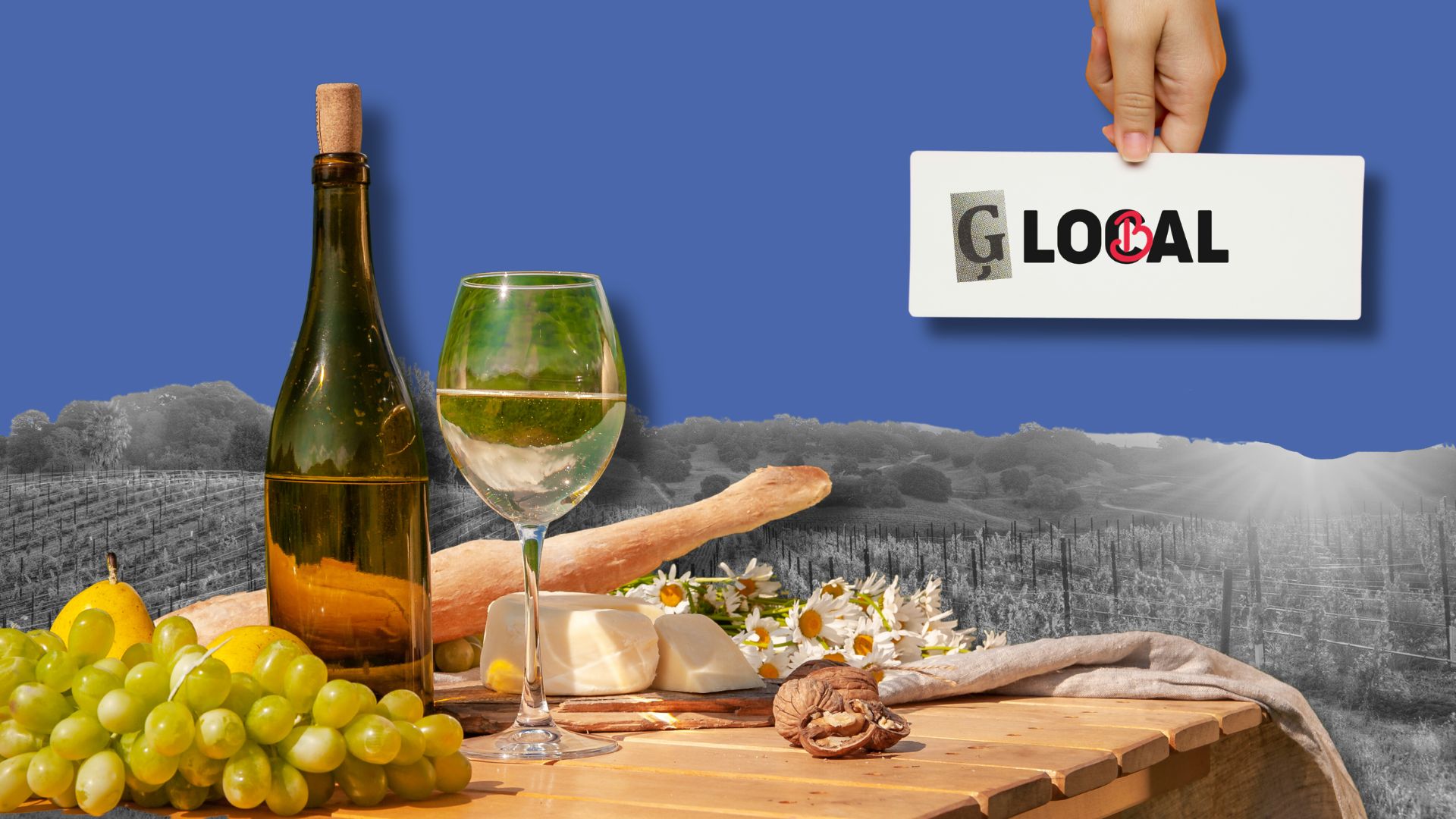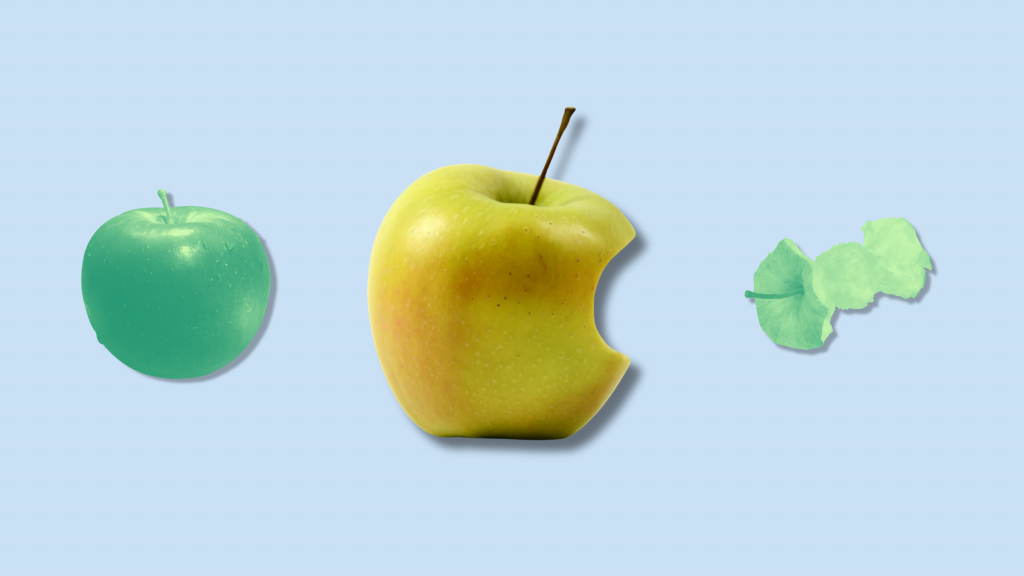
New research studying winemakers in Italy exposes how production processes can become more environmentally friendly through institutional support, civil society pressure, and tech innovation.
Prosecco’s popularity over the last two decades has grown exponentially; the Italian sparkling wine now sells more bottles than champagne and cava combined. Valpolicella also enjoys global success, although on a smaller scale, with sales worth €600 million in 2020.
But what happens when high demand for products that, by their very nature, are limited to regional production, force changes to production methods? Do suppliers become victims of their own success? Or does the environment pay the price?
Esade’s Valentina De Marchi and co-researchers Stefano Ponte (Copenhagen Business School), Marco Bettiol and Eleonora di Maria (University of Padova) conducted a study of the two popular Italian wines to find out how horizontal governance in global value chains (GVCs) drives the environmental upgrading of production processes.
Their research, published in the economic research journal Environment and Planning A: Economy and Space, contains important implications for environmental sustainability not just in wine production, but in global supply chains.
The double dilemma of wine production
The wine industry is no different from any other modern business in its requirement for social responsibility. Reducing the environmental impact of operations, regardless of the sector or product, is an unavoidable aspect of organizational management.
Consumer demand dictates environmentally friendly production practices, but at the same time, the spiraling cost of living sees budgets squeezed at both personal and commercial levels.
Local growers can’t simply relocate to a less expensive area to cut costs and reduce their environmental impact
Buying local, seasonal produce significantly limits environmental impact. But few people are prepared to fully limit their consumption to what can be sourced within a small radius of their homes.
The wine industry in particular has a relatively long supply chain, from grower to consumer. It also has the added dilemma of production being centered in one single, often small, region. Growers can’t simply relocate to a less expensive area to cut costs and reduce their environmental impact.
So how can these global value chains not only sustain but improve environmental practices? De Marchi and co-authors examined the regional production of Prosecco and Valpolicella to find out.
Pushing for change
Higher visibility and stakeholder scrutiny mean global buyers and retailers are under more pressure than the smaller players in the supply chain to ensure sustainability. The stringent regulations they operate within the value chain are passed down vertically, but there are calls for more accountability across the board from environmental campaigners, local groups and politicians.
This horizontal pressure adds to the dynamic of improved sustainability, but it can lead to variations in policy and strategic upgrades. By focusing on two Italian wine-producing districts in the Veneto region, De Marchi, Ponte, Bettiol and Di Maria were able to examine the impact of these policies on local communities and assess the importance of vertical and horizontal governance across the supply chain.
After assessing information from 68 sector operators and analyzing a wealth of information from industry seminars, corporate documents, websites and associations, the researchers identified four pathways of environmental upgrading that can be used to improve global value chain sustainability.
1. Sustainability certifications
In 2016, the Italian Ministry of Agricultural, Food and Forest Policy introduced a national certification scheme setting out a series of agricultural practices, accredited by third-party auditors.
The Sistema Qualità Nazionale Produzione Integrata (National Quality System Integrated Production), or SQNPI, includes vineyards and offers certification for both the grape and the bottled wine. The Prosecco Denomination of Controlled and Guaranteed Origin (DOCG) consortium has set a target of 100 per cent of farmers to achieve SQNPI certification by 2029.
A second standard, Equalitas, aims to cover economic, social and environmental sustainability by integrating production management, stakeholder communication and good practices. It offers three types of certifications: the farm, the wine and the geographic denomination.
Equalitas certification is a priority for Prosecco DOCG members, but only three producers of Valpolicella have achieved it to date.
Other certification systems include the World Biodiversity Association, established in 2004 to assess the environmental impact of production processes. The Italian Ministry of Ecological Transition has also introduced a certification scheme for wine producers, with specifications for sustainability performance in relation to air quality, water, territory and vineyard.
Older certification systems, including those for biodynamic and organic production, have seen limited take-up in these two wine regions.
2. Back to tradition
Smaller producers cite their traditional methods of production. This means, for example, fewer applications of agro-chemicals, manual harvesting, eliminating the use of plastic strings on vines in favor of biodegradable products, and restoring and maintaining dry walls to encourage insect populations that naturally reduce harmful pests.
Some describe allowing the free growth of grass and wildflowers to help maintain a natural equilibrium and the biodiversity of the ecosystem, which avoids the need to apply herbicides.
While these methods may not be suitable for large-scale production, the traditional, bottom-up methods are fiercely guarded and naturally sustainable methods of wine production, valued by buyers and direct consumers.
3. Technological innovation
At the other end of the spectrum, technological innovations are being pursued by larger producers to enhance sustainability. Low-emission vehicles, the use of solar panels, biodegradable packaging and the use of organic compost are all obvious targets to reduce the negative environmental impact of wine production.
Grape varieties resistant to common pests, precision spraying machines and mechanical defoliage for improved yield management are also being employed in a bid to improve sustainable production.
4. Articulation of local politics
Local politics plays a significant role in sustainable production. Communities within wine-producing regions are those which experience the impact of negative environmental practices directly. As well as the health implications of chemical spraying, the expansion of vineyard territories can also affect wild and forested areas.
In 2016, after a documentary on the negative impact of pesticides sprayed in a core Prosecco DOGC area was aired in Italy, local protests brought about a change in rules that went beyond those imposed at national and European levels. This level of local activism has reshaped regulations and practices in production directly in Prosecco and indirectly in Valpolicella, perhaps one of the clearest indications of the benefits of horizontal governance.
Size matters
In each of the four trajectories identified by the researchers, the size of the producer and levels of their output play a clear role in the methods used to improve sustainability.
The larger producers seek technological innovations that allow them to continue to produce at scale. Smaller producers guard their traditional methods, which naturally lend themselves to biodiversity and ecological preservation.
Horizontal governance is playing a more important role in sustainability than previously thought
What the study shows, however, is there is a clear consensus that sustainable practices must be proactive, cooperative and, above all, effective.
This practice of horizontal governance provides benefits for producers and consumers alike. Raising visibility locally and globally, investing in research and technology, and involving consumers in the process (in the wine industry, this is particularly pertinent because of the growing trend for food tourism) are all essential elements of success.
By studying two wine regions, De Marchi, Ponte, Bettiol and di Maria have demonstrated that horizontal governance is playing a more important role in sustainability than previously thought, and one which can be successfully applied in any sector.
This article was originally published at Do Better (Esade) under a Creative Commons license.

Valentina De Marchi, PhD, is Associate Professor in the Department of Society, Politics and Sustainability at Esade. She is interested in the complexity of environmental innovations and circular economy development, and on how environmental upgrading can take place in a global value chain context. She has published in journals such as Research Policy, Economic Geography, Journal of Business Ethics, Business Strategy & the Environment.



